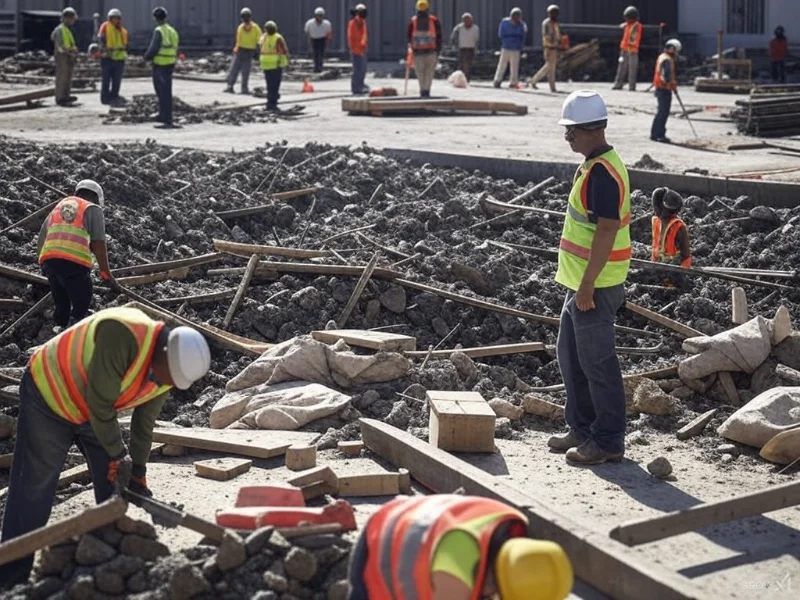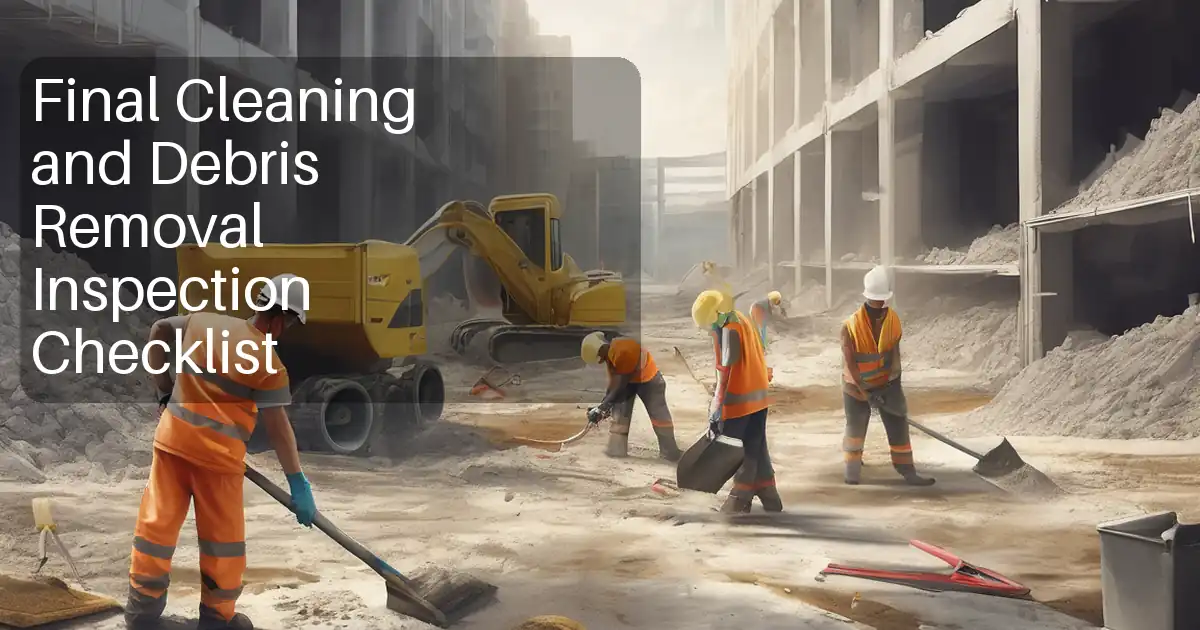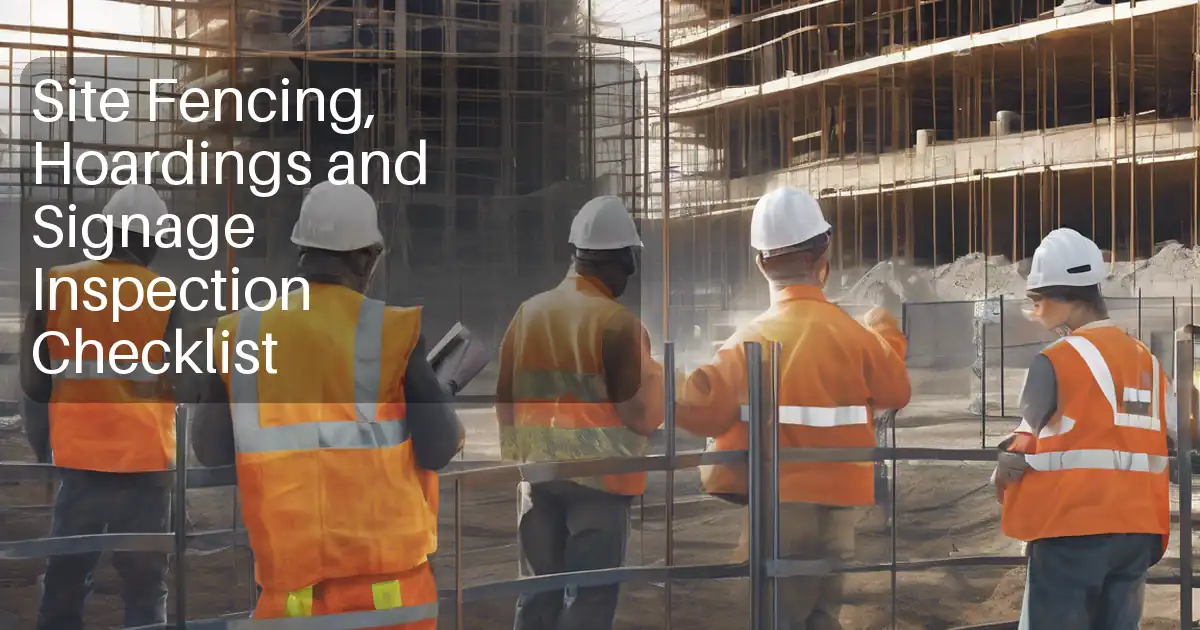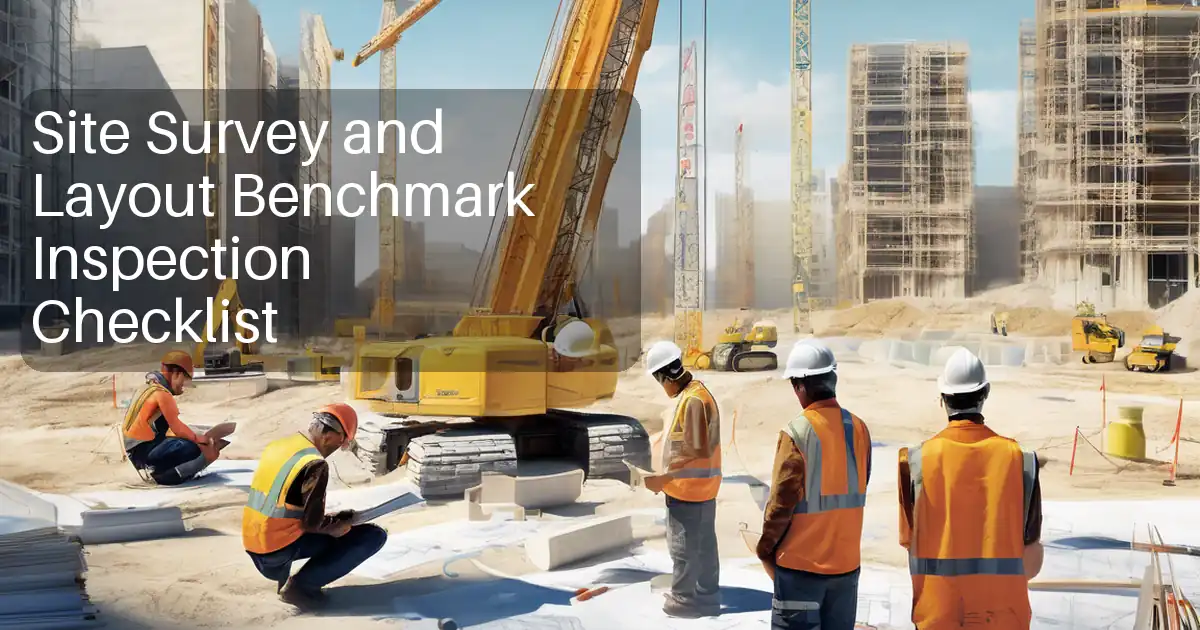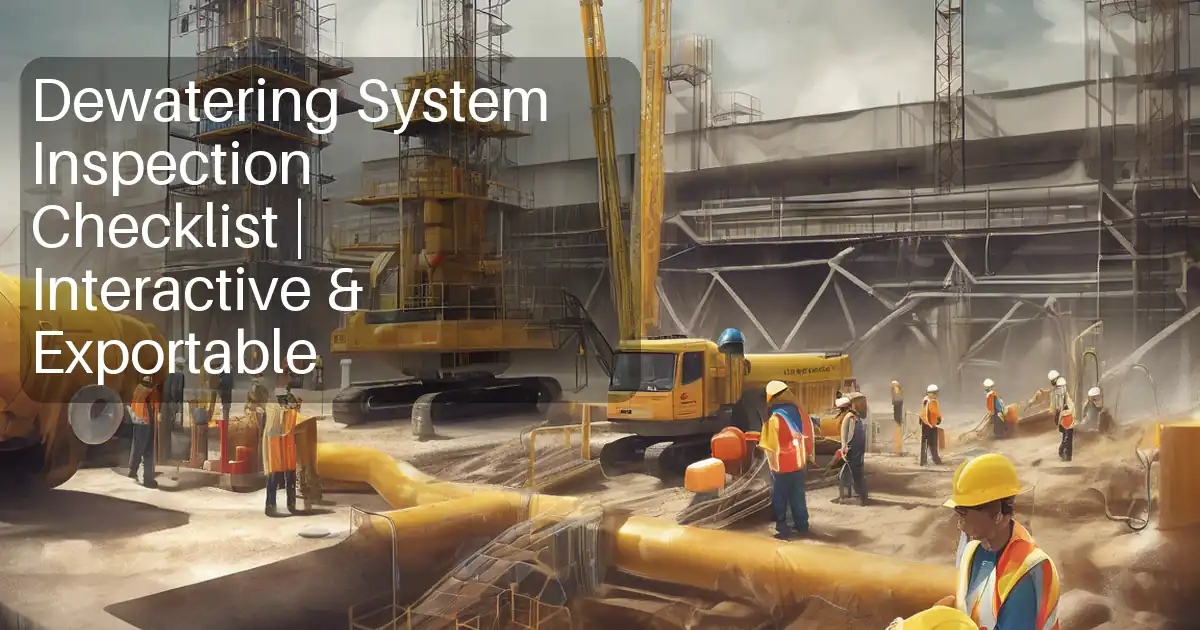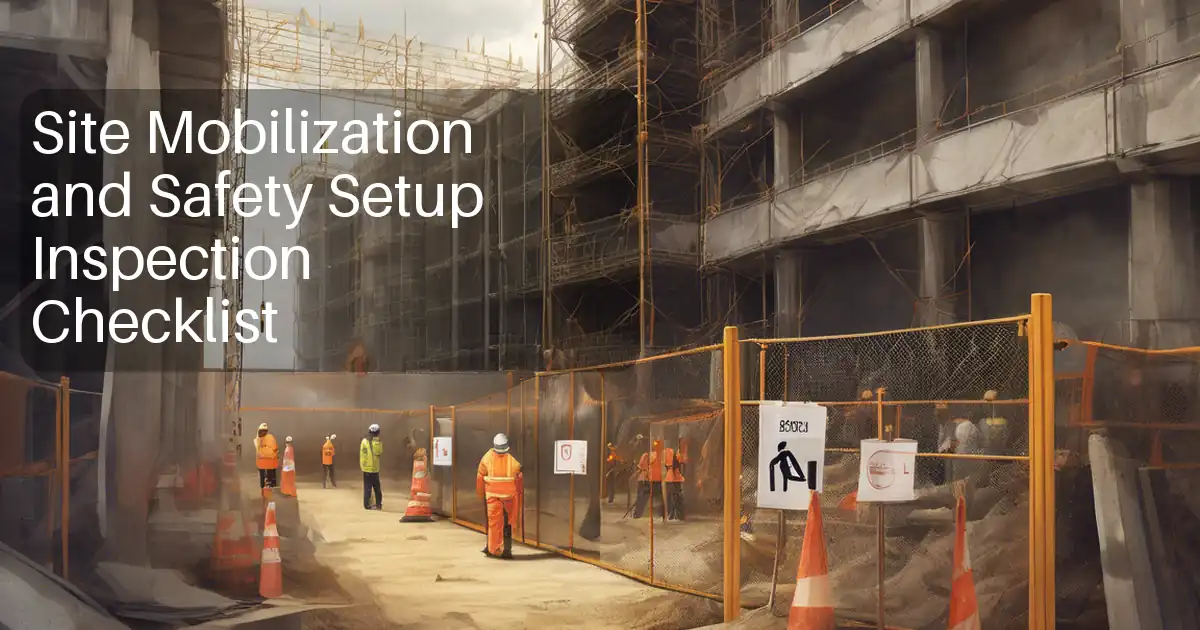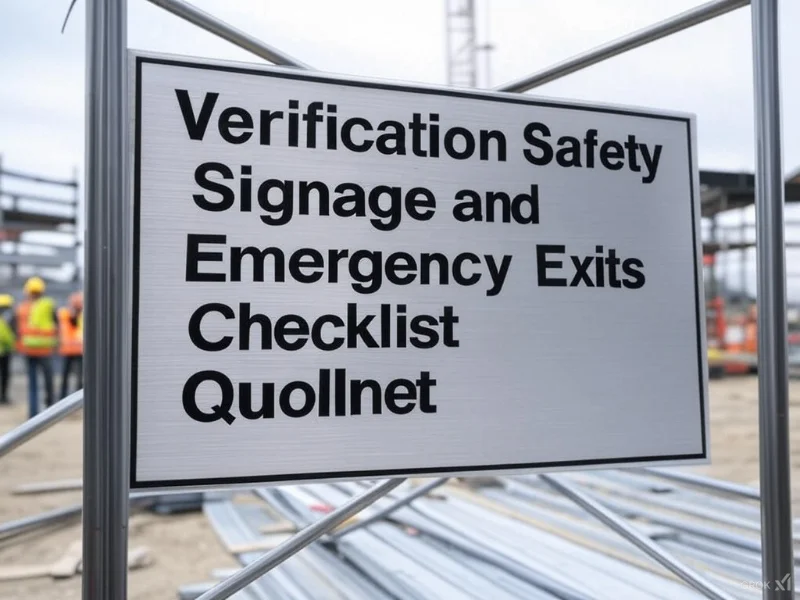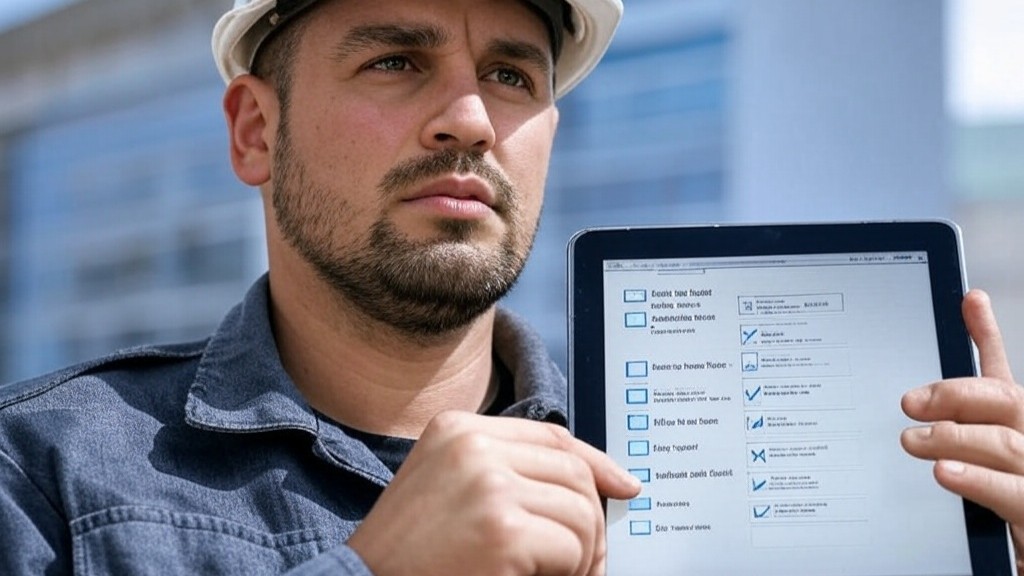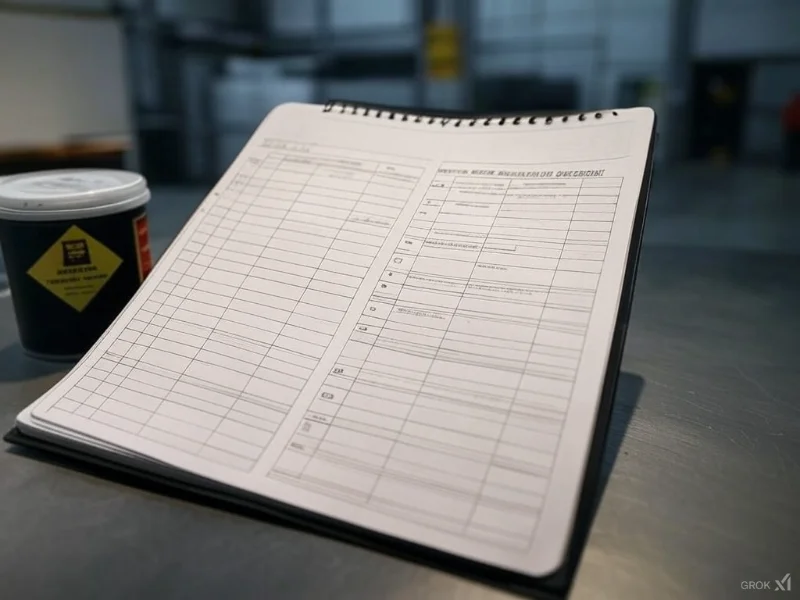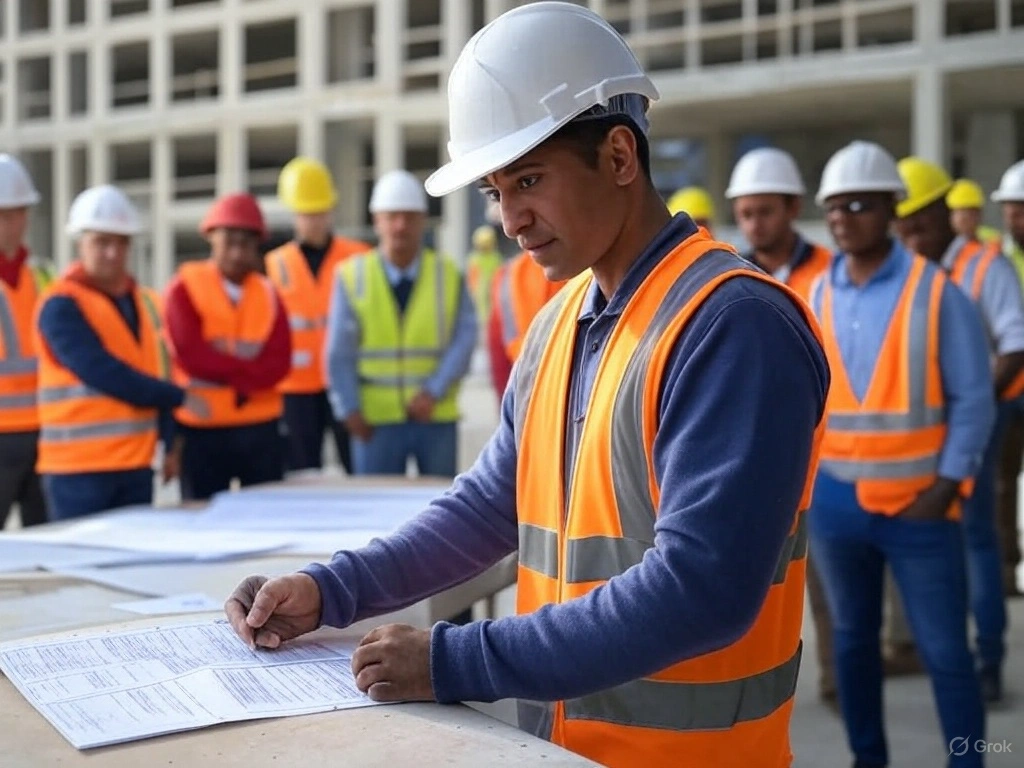Construction Safety: Site Housekeeping Checklist
Free Site Housekeeping Checklist – Download in Excel, Word, & PDF
Maintaining impeccable housekeeping on construction sites is pivotal for ensuring safety, enhancing productivity, and fostering a positive work environment. A well-organized site minimizes hazards, prevents accidents, and reflects a company's commitment to excellence. Rakenp p.com
General Site Cleanliness
A clean site is foundational to safety and efficiency. Key practices include:
-
Debris Removal : Regularly clear construction debris to prevent obstructions and potential injuries. Ensure waste disposal bins are readily available and appropriately used.
-
Walkways and Access Routes : Keep all walkways free of obstructions, clearly mark safe paths, and ensure temporary ramps or walkways are secure and stable.
Tool and Material Storage
Proper storage reduces clutter and minimizes risks:
-
Tools and Equipment : Return tools to designated storage areas after use, report and remove damaged tools from service, and secure electrical cords to eliminate trip hazards.
-
Material Stacking and Storage : Neatly stack materials away from active work areas, store heavy materials on lower racks to prevent falls, and keep flammable materials in designated fire-resistant storage areas.
Waste Management
Effective waste management promotes safety and environmental responsibility:
-
Segregation of Waste : Sort waste into categories (e.g., wood, metal, hazardous waste) and use labeled recycling bins correctly. Dispose of hazardous waste following local environmental regulations.
-
Regular Waste Disposal : Empty waste bins regularly to prevent overflow, ensure dumpsters are accessible without obstructing work areas, and promptly dispose of sharp objects like nails and broken glass.
Safety Considerations
Prioritizing safety through proactive measures is essential:
-
Slips, Trips, and Falls Prevention : Immediately clean spills, secure loose materials to prevent falls, and cover or mark uneven surfaces and holes. mkamp.com
-
Fire and Emergency Preparedness : Keep fire exits unobstructed, ensure fire extinguishers are accessible and regularly inspected, and clearly mark and maintain emergency evacuation routes.
Inspections and Accountability
Regular inspections and clear responsibilities uphold housekeeping standards:
-
Daily Inspections : Supervisors should conduct daily site cleanliness inspections, promptly document and correct identified hazards, and encourage workers to report unsafe conditions immediately.
-
Worker Responsibilities : All workers should participate in maintaining a clean worksite, integrate housekeeping duties into regular tasks, and include housekeeping reminders in safety briefings.
Downloadable Resources
To assist in implementing these practices, we've prepared comprehensive checklists available for download:
-
Excel Format:
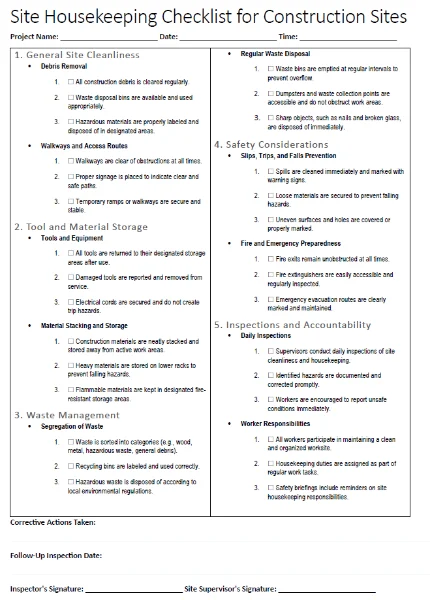

Construction Safety: Site Housekeeping Checklist Excel format
-
PDF Format:
Construction Safety: Site Housekeeping Checklist PDF format
-
Word Format:
Construction Safety: Site Housekeeping Checklist Word format
-
Image Format:
Construction Safety: Site Housekeeping Checklist Image Webp format
These resources are designed to be practical tools in promoting and maintaining effective housekeeping standards on your construction site.
References
-
Workplace Housekeeping - Checklist for Construction Sites - CCOHS
-
Good Housekeeping Practices for Construction Sites - City of San Benito
Implementing and adhering to these housekeeping practices not only ensures compliance with safety regulations but also cultivates a culture of responsibility and pride among workers, leading to more successful project outcomes.
1. General Site Cleanliness
-
Debris Removal
-
☐
All construction debris is cleared regularly.
-
☐
Waste disposal bins are available and used appropriately.
-
☐
Hazardous materials are properly labeled and disposed of in designated areas.
-
Walkways and Access Routes
-
☐
Walkways are clear of obstructions at all times.
-
☐
Proper signage is placed to indicate clear and safe paths.
-
☐
Temporary ramps or walkways are secure and stable.
2. Tool and Material Storage
-
Tools and Equipment
-
☐
All tools are returned to their designated storage areas after use.
-
☐
Damaged tools are reported and removed from service.
-
☐
Electrical cords are secured and do not create trip hazards.
-
Material Stacking and Storage
-
☐
Construction materials are neatly stacked and stored away from active work areas.
-
☐
Heavy materials are stored on lower racks to prevent falling hazards.
-
☐
Flammable materials are kept in designated fire-resistant storage areas.
3. Waste Management
-
Segregation of Waste
-
☐
Waste is sorted into categories (e.g., wood, metal, hazardous waste, general debris).
-
☐
Recycling bins are labeled and used correctly.
-
☐
Hazardous waste is disposed of according to local environmental regulations.
-
Regular Waste Disposal
-
☐
Waste bins are emptied at regular intervals to prevent overflow.
-
☐
Dumpsters and waste collection points are accessible and do not obstruct work areas.
-
☐
Sharp objects, such as nails and broken glass, are disposed of immediately
.
4. Safety Considerations
-
Slips, Trips, and Falls Prevention
-
☐
Spills are cleaned immediately and marked with warning signs.
-
☐
Loose materials are secured to prevent falling hazards.
-
☐
Uneven surfaces and holes are covered or properly marked.
-
Fire and Emergency Preparedness
-
☐
Fire exits remain unobstructed at all times.
-
☐
Fire extinguishers are easily accessible and regularly inspected.
- ☐ Emergency evacuation routes are clearly marked and maintained.
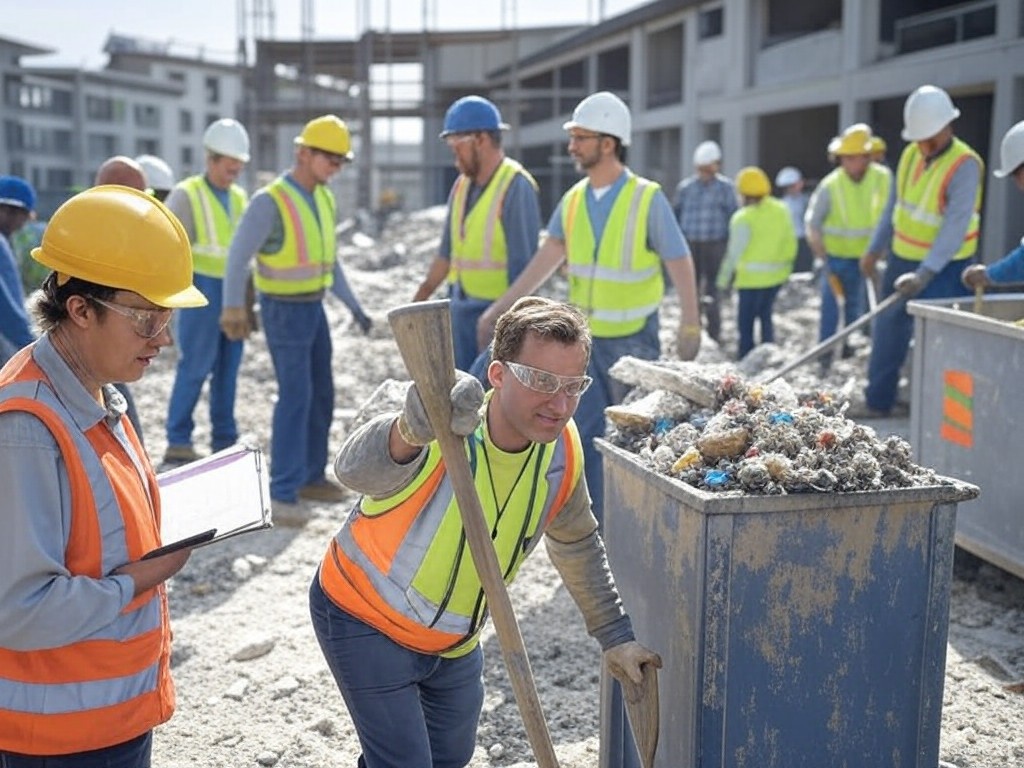
5. Inspections and Accountability
-
Daily Inspections
-
☐
Supervisors conduct daily inspections of site cleanliness and housekeeping.
-
☐
Identified hazards are documented and corrected promptly.
-
☐
Workers are encouraged to report unsafe conditions immediately.
-
Worker Responsibilities
-
☐
All workers participate in maintaining a clean and organized worksite.
-
☐
Housekeeping duties are assigned as part of regular work tasks.
- ☐ Safety briefings include reminders on site housekeeping responsibilities.
